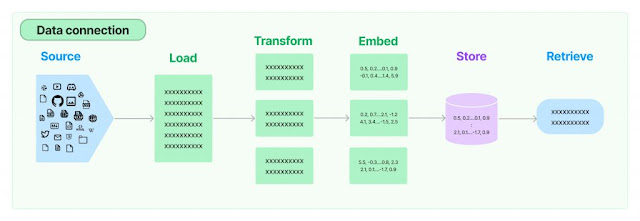Modern networks are complex, often involving hybrid work models and a mix of first- and third-party applications and infrastructure. In response, organizations have adopted security service edge (SSE) solutions, such as Cisco Secure Access, to protect users regardless of where they are located or what they are accessing.This...

























